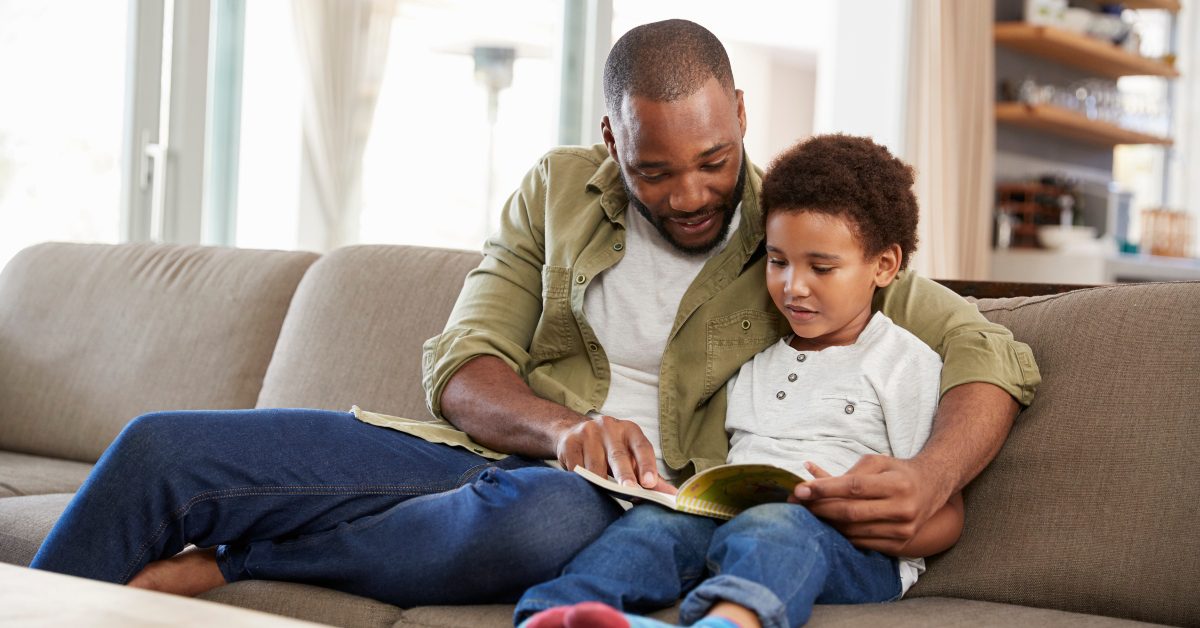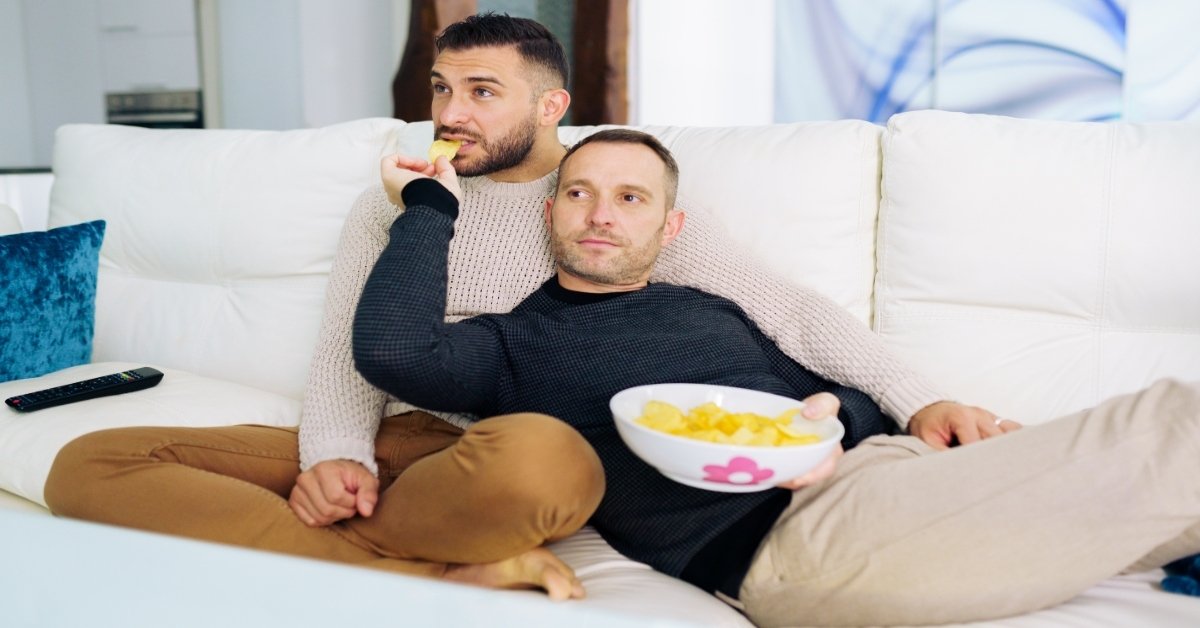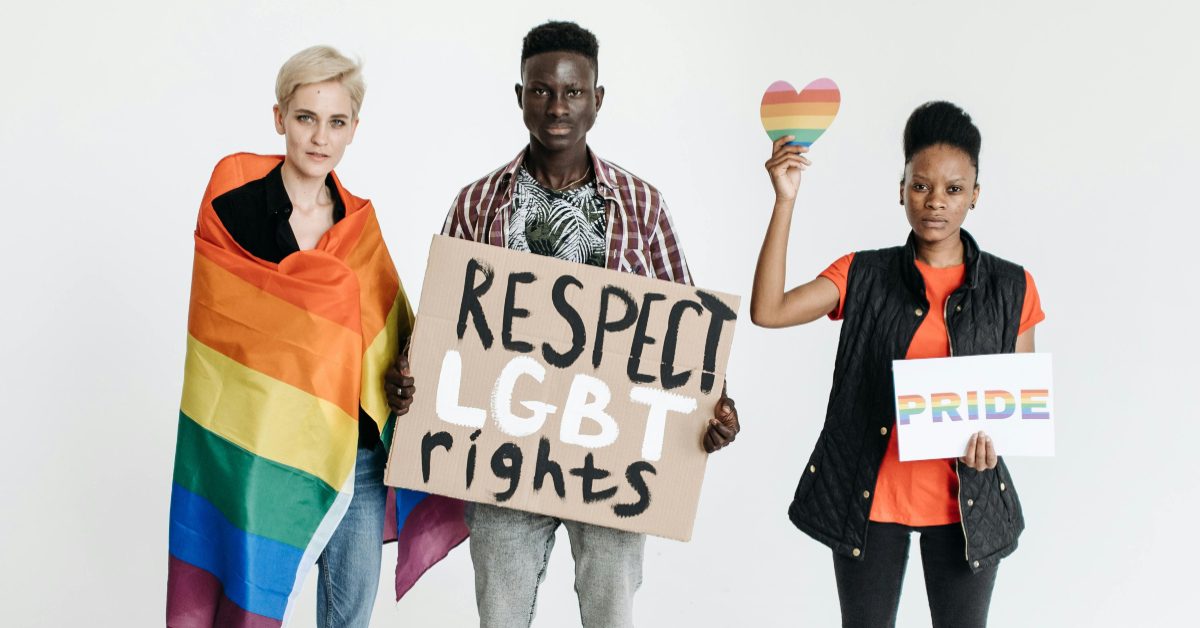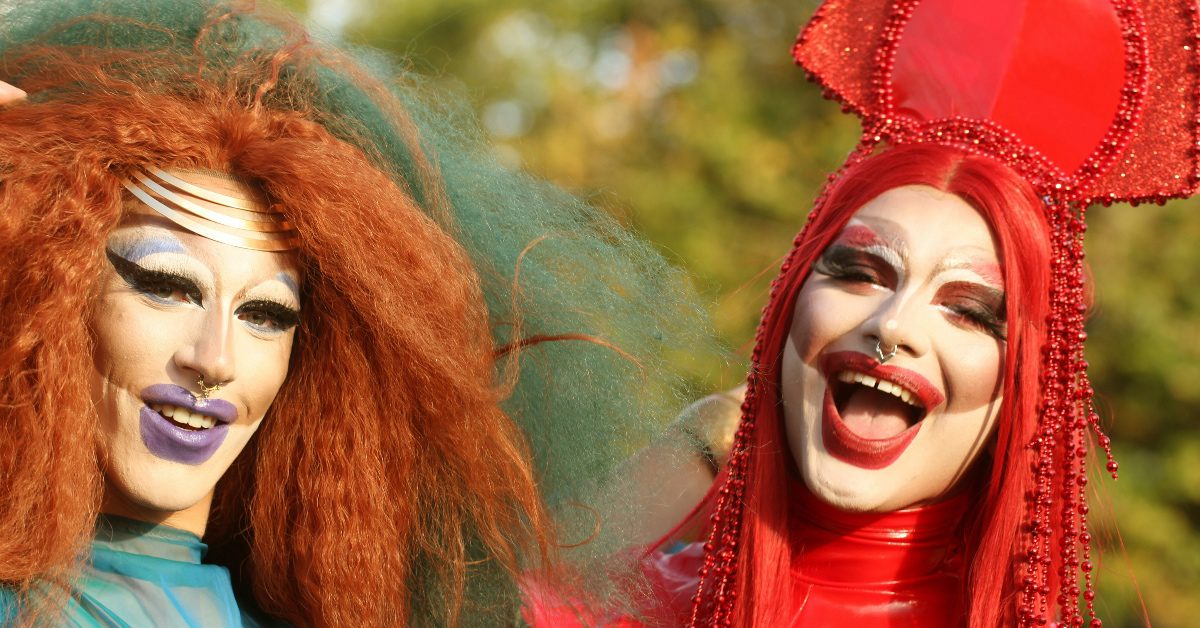BY: Jasmine Franklin
Published 1 month ago

Everyone knows children are naturally curious creatures, and it’s up to the adults in their lives to teach them. But what do you do when your children are curious about more complex topics?–for instance, the acronym “LGBTQIA+.” By teaching them about LGBTQIA+ identities early on, you’re fostering understanding, respect, and a sense of inclusion.
Why Explaining LGBTQIA+ to Kids Matters
Kids grow up in a world filled with diverse people, and understanding this diversity helps them develop empathy and kindness. When you teach kids about LGBTQIA+ identities, you’re showing them that everyone deserves respect. It also helps children with LGBTQIA+ family members or friends feel seen and supported.
Leaving kids in the dark about these topics can create confusion or even reinforce harmful stereotypes. Instead, having open conversations encourages kids to ask questions and see diversity as something to celebrate. Understanding LGBTQIA+ identities isn’t just beneficial for others; it helps kids grow into well-rounded, compassionate individuals. Educating them also reduces the likelihood of bullying or exclusion and promotes acceptance in their peer groups.
Here are five simple tips to follow on how to explain LGBTQIA+ to kids.
1. Start With the Basics
Begin with simple definitions. Explain that LGBTQIA+ is a community of people who identify in different ways. Break it down: L is for lesbian, G is for gay, B is for bisexual, T is for transgender, Q is for queer or questioning, I is for intersex, and A is for asexual or allies. Keep it short and clear. For example, you can say, “It’s a group of people who might love differently or feel different about their gender, and that’s okay.”
2. Use Age-Appropriate Language

Tailor your explanations to your child’s age. For younger kids, you might say, “Sometimes a man loves a man, or a woman loves a woman, and that’s okay.” Older kids can handle more detail, like explaining what being transgender or nonbinary means. If they ask something you’re unsure about, it’s okay to say you’ll find the answer together. For example, if they ask, “What does intersex mean?” you can explain that it’s when someone is born with a mix of male and female physical traits.
3. Incorporate Stories and Examples
View this post on Instagram
Kids learn well through stories. Use books like “Julian Is a Mermaid” or “Love Makes A Family” to spark conversations. Share examples from their world, such as LGBTQIA+ celebrities or characters in shows they watch. Relating these ideas to something they already know makes it easier to understand. For instance, mention real-life examples of same-sex couples or a popular movie that features diverse characters.
4. Encourage Questions
Let kids ask questions without fear of judgment. Create an open, safe environment where they feel comfortable expressing curiosity. If a question surprises you, take a moment to gather your thoughts before answering. Honest and kind responses help normalize the conversation. For example, if they ask, “Why do some people change their name?” explain that it’s because their name matches who they truly are inside.
5. Model Respect and Inclusivity

Kids notice what adults say and do. Use inclusive language and correct any misconceptions gently. If someone uses the wrong pronouns or terms, explain why respecting people’s identities is important. Showing kindness in your actions reinforces what you’re teaching. For example, if a child hears someone make a disrespectful comment, you can calmly explain why it’s hurtful and what a more respectful approach looks like.
Knowing how to explain LGBTQIA+ to kids empowers you to raise compassionate, informed children. With each honest discussion, you’re helping to build a future where everyone feels valued and understood. Remember, it’s not about having all the answers but showing kids that love and respect are for everyone. Teaching this early creates a ripple effect, spreading acceptance and kindness throughout their lives and communities.
What are some other helpful tips to add when explaining LGBTQIA+ to kids? Comment your tips below.









